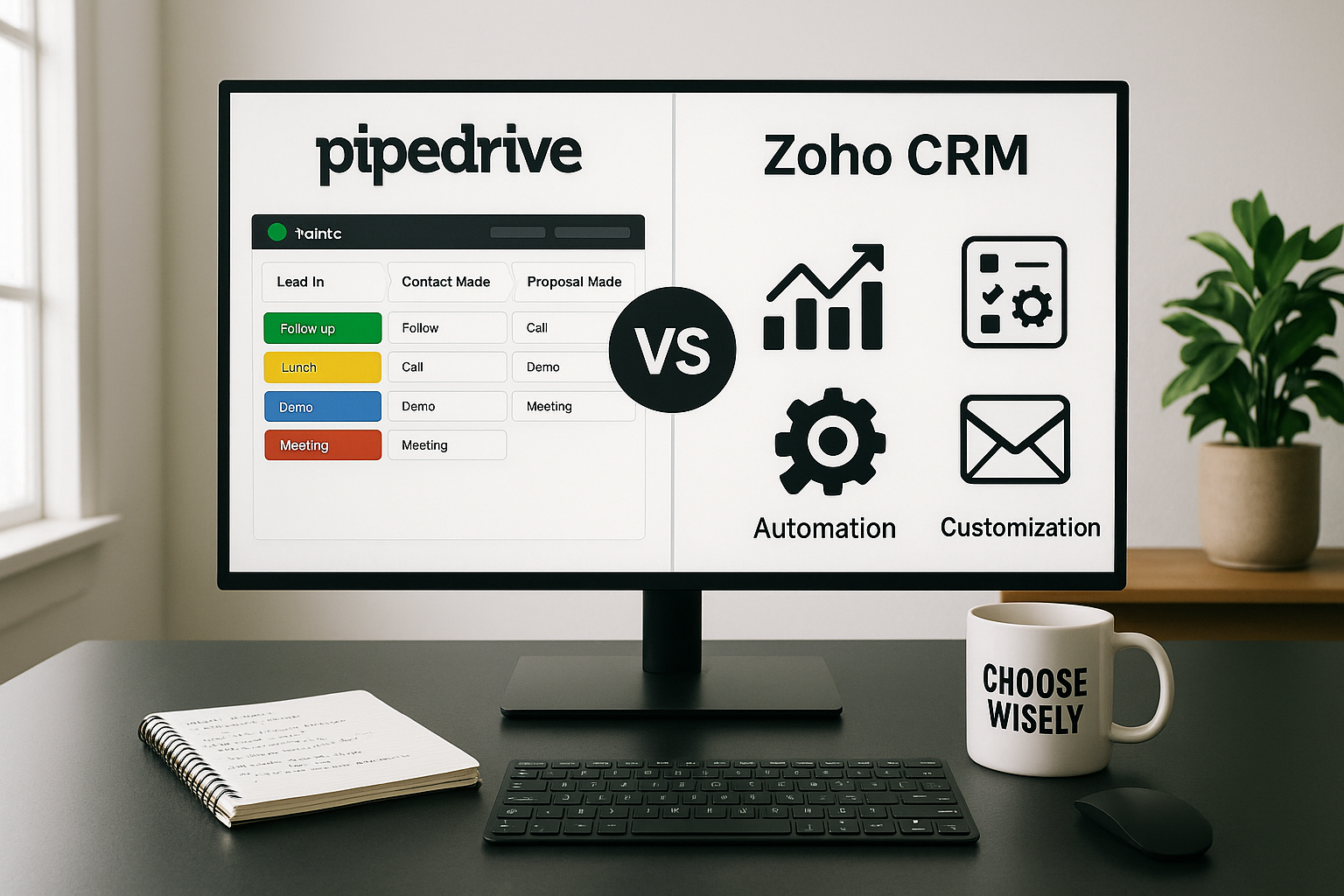Why iPad CRMs Matter More Than Ever
The sales landscape has shifted dramatically. Field representatives, consultants, and account managers no longer tether themselves to desktops. They work from client offices, coffee shops, and airports—places where pulling out a laptop feels cumbersome or unprofessional.
An iPad CRM transforms these moments. Instead of scribbling notes to transcribe later or relying on memory, sales professionals capture information instantly. They update deal stages between meetings, review client histories while walking to appointments, and respond to opportunities before competitors even check their email.
But here's the challenge: Most CRMs treat mobile apps as afterthoughts. They shrink desktop interfaces onto smaller screens, creating cramped buttons, hidden features, and frustrating workflows. True iPad CRMs work differently—they're designed for touch, optimized for mobility, and reliable without constant internet connectivity.
What Separates Great iPad CRMs from Mediocre Ones
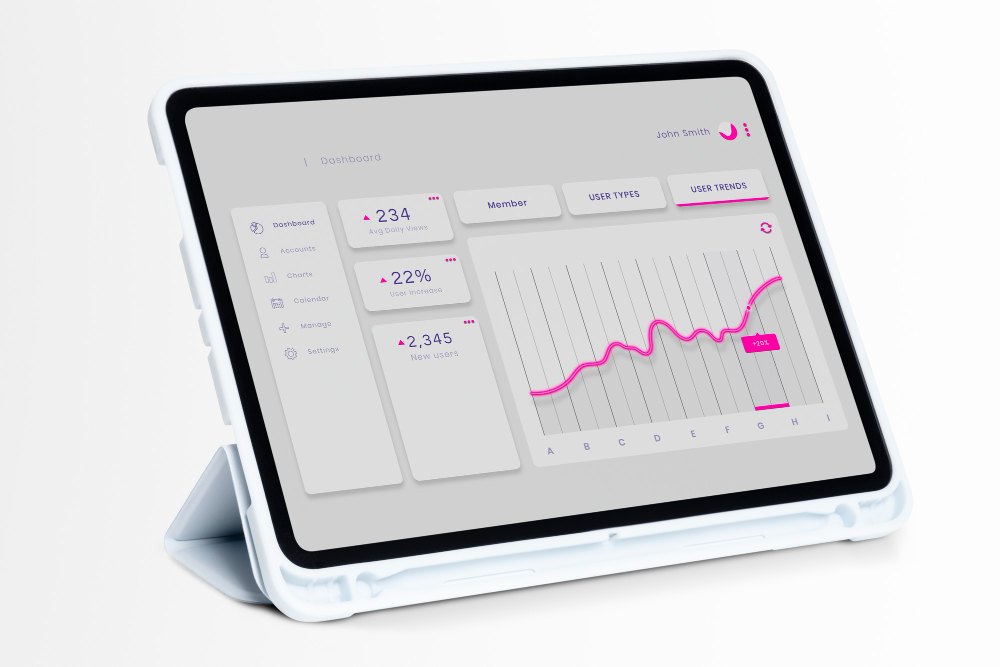
Touch-First Design Philosophy
Desktop CRMs rely on precision mouse clicks and keyboard shortcuts. iPad CRMs need larger tap targets, swipe gestures, and drag-and-drop functionality. The difference shows immediately: in strong iPad CRMs, you move deals with your thumb, not through dropdown menus.
Offline Reliability
Connectivity vanishes in basements, rural areas, and during flights. Quality iPad CRMs queue your changes locally, then synchronize automatically when connection returns. Poor implementations lose data, create duplicates, or require manual conflict resolution.
Cross-Device Synchronization
Your morning might start on iPad, continue on desktop, then finish back on mobile. Seamless CRMs sync changes within seconds across all platforms. Changes made anywhere appear everywhere immediately, preventing the confusion of outdated information.
Native Productivity Integration
The best iPad CRMs connect naturally with Calendar, Contacts, Mail, and Files. They leverage Apple's sharing capabilities, location services, and notification system rather than fighting against them.
Eight iPad CRMs That Actually Deliver
1. Daylite: The Apple Ecosystem Specialist

Ideal for: Small businesses operating exclusively on Apple devices
Standout features:
- Deep integration with native Apple applications
- True offline functionality without limitations
- Combined project management and sales tracking
- Automatic synchronization across Mac, iPad, and iPhone
Notable limitations:
- Zero support for Windows or Android platforms
- Limited workflow automation compared to enterprise solutions
- Higher price point than some alternatives
Daylite treats iPad as a first-class platform rather than an accommodation. Contact information flows directly from Apple Contacts, appointments synchronize instantly with Calendar, and emails link seamlessly from Mail. This native integration eliminates the constant app-switching that plagues other CRMs.
The pipeline and project management combination proves particularly valuable for consultants and agencies. You track sales opportunities through deal stages, then continue managing client work after closing—all within the same system and client record.
Testing offline capabilities revealed impressive reliability. Notes, tasks, and deal updates created without connectivity appeared across all devices once internet returned, with zero data loss or conflicts.
Pricing: Starts at $39 per user monthly with annual billing
2. HubSpot CRM: The Comprehensive Free Option
![]()
Ideal for: Growing teams wanting full-featured CRM without upfront costs
Standout features:
- Robust free tier with genuine functionality
- iPad multitasking and split-screen support
- Built-in calling and email tracking
- Real-time bidirectional synchronization
Notable limitations:
- Advanced automation requires paid upgrades
- Some desktop features simplified on mobile
- Reporting depth increases only in premium tiers
HubSpot's iPad application defies expectations for free software. The interface utilizes iPad's full screen real estate effectively, supporting multitasking so you can reference emails while updating deals or browse websites while logging calls.
Synchronization performs exceptionally well. Changes made on iPad appear on desktop almost instantaneously. Testing with intentional connectivity disruptions showed the app queuing changes intelligently and syncing cleanly once reconnected.
Mobile productivity features cover essential needs: direct calling from contact records, voice-to-text for note capture, and system notifications for task reminders and mentions. The share sheet integration lets you drop screenshots and PDFs directly into records.
Pricing: Free forever for core features; paid plans begin at $15 per user monthly
3. Pipedrive: The Pipeline Visualization Master
![]()
Ideal for: Sales representatives who prioritize visual deal management
Standout features:
- Touch-optimized Kanban board interface
- Lightning-fast cross-device synchronization
- System-level push notifications
- Deal information visible without opening records
Notable limitations:
- No free plan available
- Mobile reporting capabilities are basic
- Customization options lighter than enterprise platforms
Pipedrive's iPad interface centers on one goal: keeping deals moving efficiently. The touch-based Kanban board lets you drag deal cards with your thumb, with critical information—value, close date, next action—displayed prominently on each tile.
The synchronization speed impressed during testing. Moving deals on iPad reflected on desktop within seconds, and vice versa. Offline testing during a flight showed notes and updates queuing correctly and syncing cleanly upon landing.
System notifications deserve special mention. Unlike CRMs that rely only on in-app badges, Pipedrive sends iOS-level alerts for tasks and deal updates. This means reminders appear even when the app isn't open, preventing missed follow-ups.
Pricing: Plans start at $14 per user monthly with annual commitment
4. Zoho: The Customization Champion
![]()
Ideal for: Small and medium businesses needing flexible workflows on budget
Standout features:
- Extensive customization capabilities
- Reliable offline mode with voice notes
- Strong Calendar and Mail integration
- Generous free tier for up to three users
Notable limitations:
- Interface feels busy compared to minimal designs
- Mobile setup process can be complex
- Learning curve steeper than simplified CRMs
Zoho's iPad application delivers surprising power and flexibility. Creating custom fields, modifying pipelines, and adjusting workflows happens directly on tablet—though with more steps than streamlined competitors. Once configured, however, the system adapts to virtually any business process.
The interface packs considerable functionality into limited screen space, resulting in more tabs and options than minimalist alternatives. This density requires adjustment time but rewards users with comprehensive capabilities.
Offline functionality worked reliably during testing. Call notes and updates created without connectivity synchronized automatically once connection restored, with no data loss or duplication issues.
Pricing: Free for three users; paid tiers begin at $14 per user monthly
5. Salesforce Mobile : The Enterprise Powerhouse

Ideal for: Large organizations with complex processes and existing Salesforce investments
Standout features:
- Full dashboard access on mobile
- Comprehensive record editing capabilities
- Workflow approval functionality
- Dependable offline mode with auto-sync
Notable limitations:
- Steep learning curve without administrator support
- Complex features feel cramped on tablet screens
- Premium pricing compared to small business options
Salesforce's iPad application functions as a portable command center rather than a simplified companion. Dashboards, approval workflows, and complete record histories remain accessible on tablet, with layouts adapting effectively to landscape orientation.
Synchronization maintains enterprise-grade reliability. Updates push between devices within seconds, and testing offline showed changes queuing correctly and syncing without conflicts or data loss.
The mobile application brings surprising desktop power to iPad, though managing automations, complex reports, and custom dashboards remains more practical on larger screens. For organizations already invested in Salesforce, the mobile application ensures productivity continues away from desks.
Pricing: Starts at $25 per user monthly with annual billing
6. Freshsales: The All-in-One Communication Hub
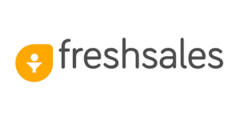
Ideal for: Sales teams wanting integrated calling and email without add-ons
Standout features:
- Native calling and email functionality
- AI-powered lead prioritization
- Clean timeline view of all interactions
- Offline editing with reliable sync
Notable limitations:
- Advanced automation easier on desktop
- Mobile reporting limited to basic metrics
- Some AI features require paid tiers
Freshsales consolidates communication tools directly into the CRM. On iPad, you can call prospects, send emails, log notes, and advance deals without switching applications. The timeline view displays every interaction chronologically in an easy-to-scan format.
AI-driven prioritization provides notable value on mobile. Active leads automatically rise to the top of your list, while quiet prospects receive flags. This intelligent sorting saves considerable time otherwise spent manually reviewing the entire database.
Synchronization performs consistently, with changes appearing cross-platform within seconds. Offline testing showed updates queuing properly and syncing cleanly once connectivity returned.
Pricing: Free for three users; paid plans from $9 per user monthly
7. monday CRM: The Sales and Project Bridge
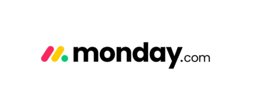
Ideal for: Teams managing both sales pipelines and project execution
Standout features:
- Colorful board interface adapting well to tablets
- Unified view of deals, tasks, and accounts
- Mobile automation support
- Seamless switching between sales and project views
Notable limitations:
- No free plan offered
- Some views and automations limited on mobile
- Feature parity with desktop still developing
monday CRM extends the company's project management approach to sales. On iPad, colorful boards let you track deals, tasks, and accounts in parallel. The ability to switch seamlessly between sales pipelines and project boards distinguishes it from pure sales CRMs.
Synchronization works without noticeable delay, with changes reflecting across devices instantly. Offline edits queue reliably for later synchronization.
For organizations juggling both pipeline management and project delivery, monday CRM enables unified workflows. The interface isn't as streamlined as dedicated sales tools, but the flexibility benefits teams needing both capabilities.
Pricing: Starts at $12 per user monthly with annual commitment
8. Nutshell: The Field Sales Essential
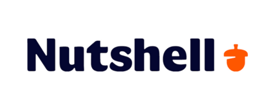
Ideal for: Field representatives needing quick updates between client visits
Standout features:
- Clean, uncluttered mobile interface
- Dependable offline mode
- Built-in email tracking
- Fast deal and contact updates
Notable limitations:
- No free plan available
- Basic reporting on mobile
- Advanced automation requires desktop
Nutshell's iPad application prioritizes speed for field salespeople. Pipelines display in clear scrollable boards with deal values and next activities immediately visible. Adding leads or updating stages requires minimal taps, reducing administrative friction between appointments.
Synchronization proved reliable throughout testing, with changes mirroring instantly across devices. Offline functionality worked cleanly, with notes and updates queuing properly until connectivity returned.
The application integrates smoothly with Apple's ecosystem. Calendar events synchronize automatically, file attachments work through iCloud Drive, and addresses launch directly in Maps. While these integrations aren't as deep as enterprise CRMs, they cover daily mobile needs effectively.
Pricing: Plans begin at $19 per user monthly with annual billing
Quick Comparison Reference
| CRM | Best Use Case | Free Option | Entry Price |
|---|---|---|---|
| Daylite | Apple-only teams | No | $39/user/month |
| HubSpot | Growing businesses | Yes | $15/user/month |
| Pipedrive | Visual pipeline focus | No | $14/user/month |
| Zoho | Customization needs | Yes | $14/user/month |
| Salesforce | Enterprise complexity | No | $25/user/month |
| Freshsales | Integrated communications | Yes | $9/user/month |
| monday CRM | Sales plus projects | No | $12/user/month |
| Nutshell | Field sales speed | No | $19/user/month |
Choosing Your iPad CRM: Practical Advice

Start With Your Real Workflow
Don't choose based on feature lists. Instead, map your actual daily activities:
- How often do you work without reliable internet?
- Do you need to access CRM between back-to-back meetings?
- Are you updating records while standing, sitting, or walking?
- Do you reference client histories during live conversations?
The CRM that fits these real situations wins, regardless of its feature count.
Test Offline Capabilities Seriously
Enable Airplane Mode, then attempt these tasks:
- Add a new contact with notes
- Update an existing deal stage
- Log a meeting with action items
- Attach a photo or document
Reconnect and verify everything synchronized correctly without duplicates or conflicts. This test reveals how the CRM handles your worst connectivity scenarios.
Verify Desktop Feature Parity
List the five tasks you perform most frequently. Confirm each works identically on iPad and desktop. Common limitations include:
- Advanced report building
- Workflow automation creation
- Custom field configuration
- Bulk data imports
- Marketplace app installations
Plan to handle daily sales activities on iPad while reserving administrative configuration for desktop.
Evaluate Synchronization Thoroughly
Edit the same record on iPad and desktop within seconds of each other. Quality CRMs handle this gracefully with field-level merging. Poor implementations create conflicts requiring manual resolution or simply lose one version.
Check for "last updated by" indicators showing which device and user made recent changes. This transparency prevents confusion in team environments.
Consider Long-Term Costs
Free tiers often restrict critical mobile features:
- Offline access limitations
- Calling functionality
- Advanced automation
- Detailed reporting
- Push notifications
- Calendar synchronization
Calculate your actual costs including necessary paid features, not just the advertised starting price.
Common Questions About iPad CRMs

Can iPad fully replace my laptop for CRM work?
For daily sales activities—yes. You can effectively handle contact management, deal progression, note-taking, calling, emailing, and task tracking entirely on iPad.
Reserve desktop for administrative tasks like:
- Complex report generation and analysis
- Workflow and automation configuration
- Custom field and object creation
- Bulk data imports and exports
- Deep customization and integrations
Think of it this way: iPad for execution, desktop for administration.
What happens when synchronization conflicts occur?
Quality CRMs use field-level merging, preserving both changes when they don't overlap. For example, if you update a contact's phone number on iPad while a colleague updates their email on desktop, good CRMs save both changes.
Look for CRMs that show timestamps and user information for recent edits. This helps teams understand what changed and who changed it, reducing confusion.
Are there hidden mobile limitations in free plans?
Frequently. Free tiers commonly restrict:
- Number of offline days before sync required
- Call recording and advanced dialing features
- Workflow automation complexity
- Report customization depth
- API access for custom integrations
Always test your specific workflow on the free tier before committing to ensure critical features aren't paywalled.
How do I ensure data security on iPad?
Enable these protections:
- Face ID or Touch ID for app access
- Automatic logout after inactivity
- Remote wipe capability if device is lost
- Encryption for locally stored data
- Two-factor authentication for sign-in
Most enterprise CRMs include these features by default. Verify your chosen platform supports them before storing sensitive client information.
Can multiple team members work on the same records simultaneously?
Modern CRMs handle concurrent editing, but implementations vary. Some lock records when opened, others allow simultaneous edits with field-level merging, and a few show real-time cursors indicating where colleagues are working.
Test this scenario during trials by having team members edit the same contact or deal from different devices simultaneously. Observe how the system handles conflicts and whether changes persist correctly.
Final Perspective: Fit Over Features
The "best" iPad CRM isn't the one with the longest feature list. It's the one that disappears into your workflow, letting you focus on clients instead of software.
Here's how to find yours:
- Run a one-week iPad-only trial with your top two candidates
- Perform all your normal activities without falling back to desktop
- Test worst-case scenarios like losing connectivity mid-meeting
- Involve your actual team in testing, not just yourself
- Verify that frustrations decrease rather than just shifting to different frustrations
The right iPad CRM reduces friction between thought and action. It captures information at the moment of value, synchronizes transparently across your devices, and stays out of your way when you're focused on clients.
That's the real measure of success—not specifications, but whether it helps you serve clients better and close deals faster. Everything else is just marketing.
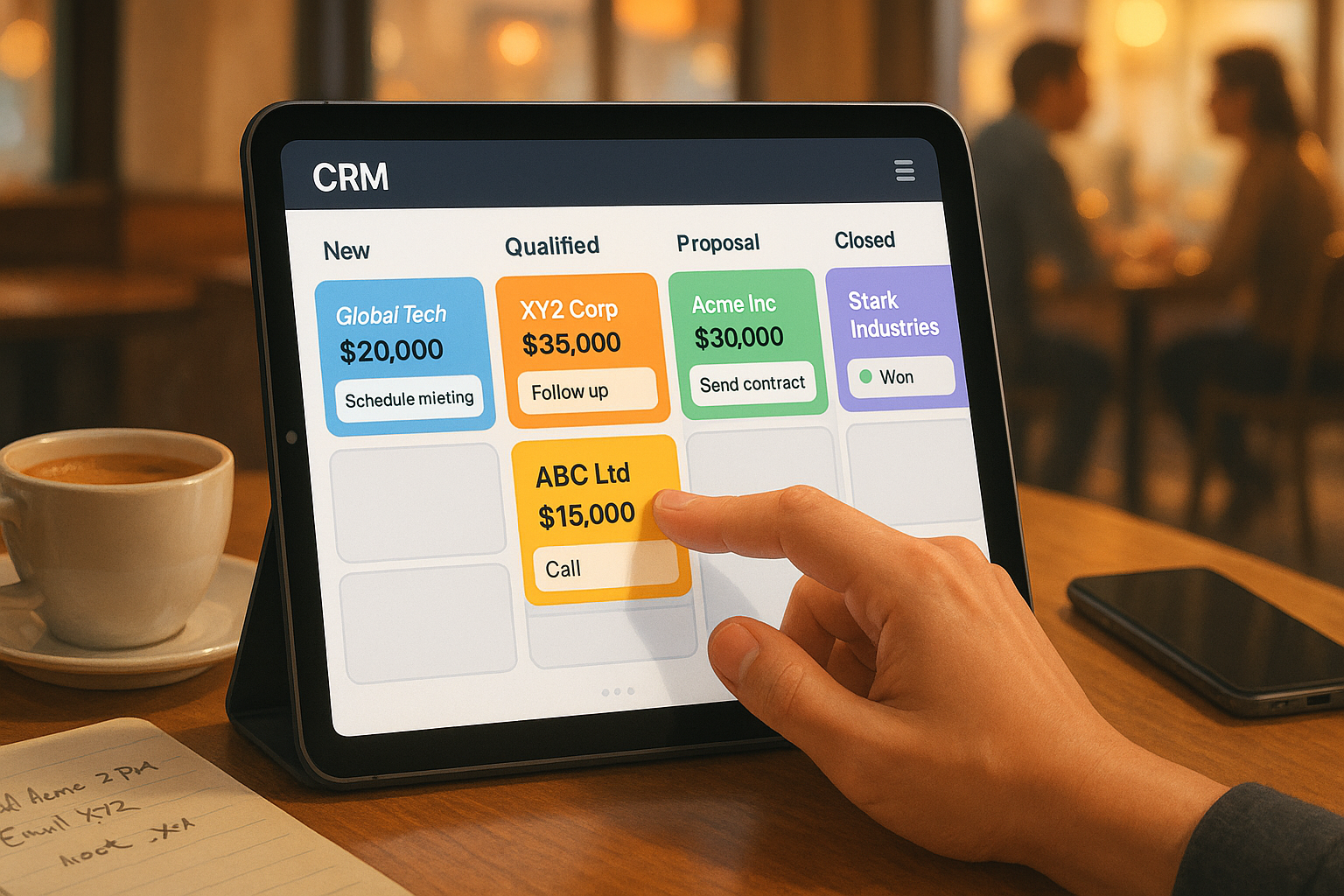

(2).jpg)

